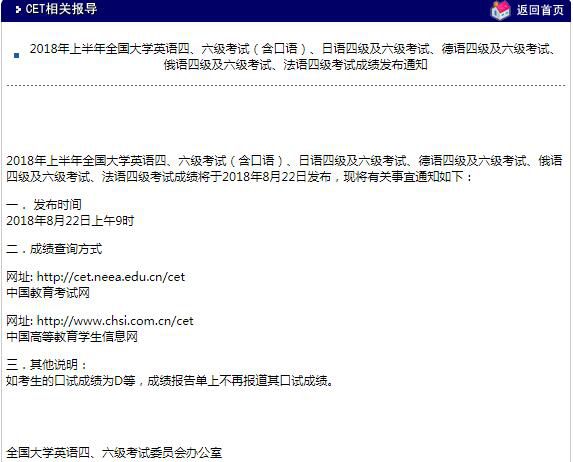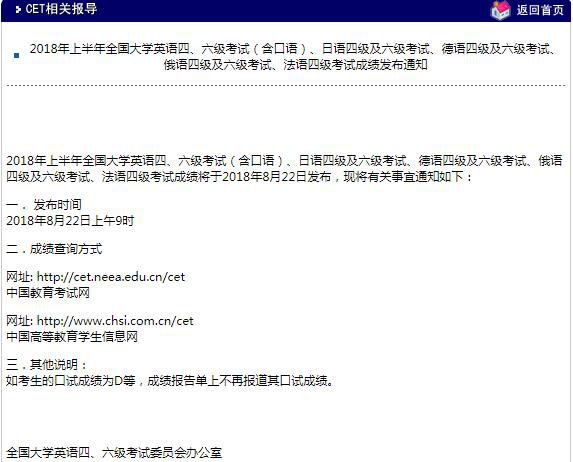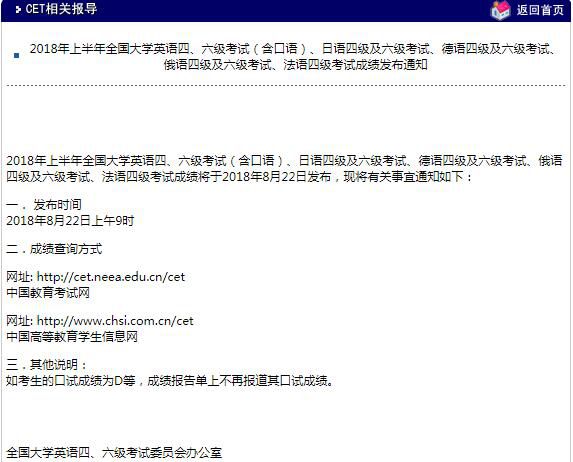Allowances: A lesson in personal finance for kids
|
This is the VOA Special English Economics Report. Many children first learn the value of money by receiving anallowance. The purpose is to let children learn from experience at an age when financial mistakes are not very costly. The amount of money that parents give to their children to spend as they wish differs from family to family. Timing is another consideration. Some children get a weekly allowance. Others get a monthly allowance. In any case, parents should make clear what, if anything, the child is expected to pay for with the money. At first, young children may spend all of their allowance soon after they receive it. If they do this, they will learn the hard way that spending must be done within a budget. Parents are usually advised not to offer more money until the next allowance. The object is to show young people that a budget demands choices between spending and saving. Older children may be responsible enough to save money for larger costs, like clothing or electronics. Many people who have written on the subject of allowances say it is not a good idea to pay your child for work around the home. These jobs are a normal part of family life. Paying children to do extra work around the house, however, can be useful. It can even provide an understanding of how a business works. Allowances give children a chance to experience the three things they can do with money. They can share it in the form of gifts or giving to a good cause. They can spend it by buying things they want. Or they can save it. Saving helps children understand that costly goals require sacrifice: you have to cut costs and plan for the future. Requiring children to save part of their allowance can also open the door to future saving and investing. Many banks offer services to help children and teenagers learn about personal finance. A savings account is an excellent way to learn about the power ofcompound interest. Compounding works by paying interest on interest. So, for example, one dollar invested at two percent interest for two years will earn two cents in the first year. The second year, the money will earn two percent of one dollar and two cents, and so on. That may not seem like a lot. But over time it adds up. And that's the VOA Special English Economics Report, written by Mario Ritter. You can learn more about economics, and download MP3 files and transcripts of our weekly reports, at voaspecialenglish.com. I'm Bob Doughty.
compound interest: 复利利息(以本金和不断累积的利息为基数计算出来的利息) |








